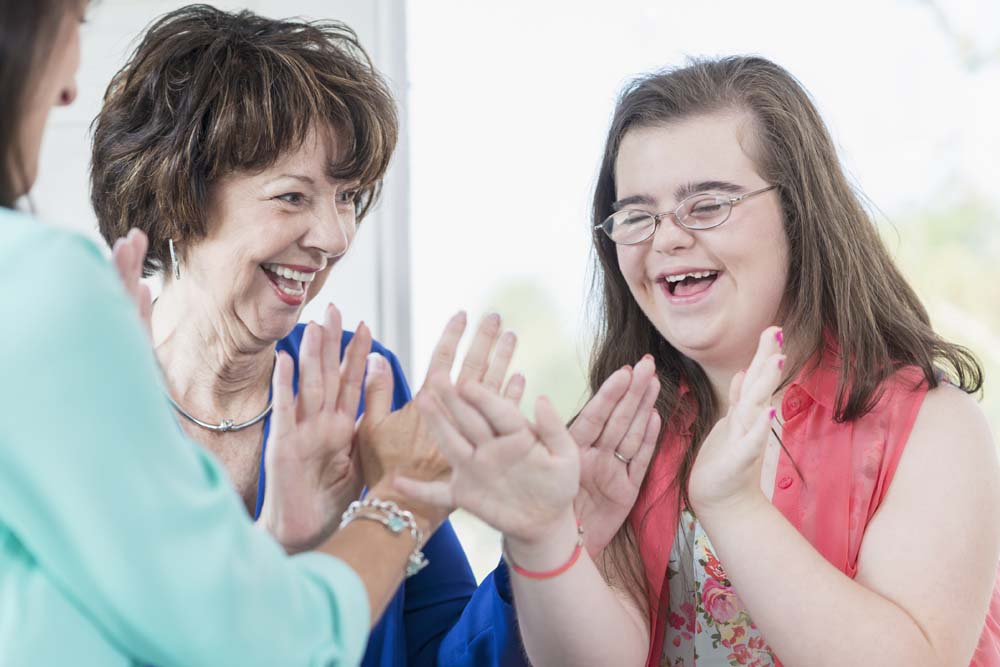Why Children Need to Know About Sexuality
Having correct information about their bodies can help children protect themselves. All people are sexual from birth to death, including children with disabilities. All children need to know what is okay and not okay to do in public, to understand enough about their own bodies to know if they are being sexually abused, and to know how to get help.
Children with disabilities often are not given the basic information they need about sexuality and their bodies. Family and educators may avoid these topics to keep children safe, or because they believe it’s not necessary for the child’s developmental age, or because they fear that teaching about sexuality may actually lead to sexual behaviors.
But if children do not know that it is not okay for a person to touch another person’s genitals without permission or consent (even when providing assistance in using the toilet, bathing or for medical purposes), then they will not know to tell someone if this happens.
This tip sheet provides pointers on how to begin talking about sexuality with children. Share information that fits the child’s chronological age and ability to understand, as well as your family values or your school's protocols.
Tips for Beginning
- It’s never too early or too late to begin sexuality education.
- You and the child may feel uncomfortable talking about sexuality. That’s okay. It will get easier with practice. You can tell children that while having this conversation can be uncomfortable at times, it is important that you talk about it anyway.
- Keep your voice matter-of-fact, calm, and non-judgmental, which can help reduce children’s feelings of guilt and embarrassment about being sexual.
- Keep in mind that sexuality education is a process, not a one-time event.
- Use accurate terms when referring to body parts (vagina, penis, etc.) or when talking about safe sex practices (condoms, birth control, diaphragm). It can be helpful to ask what slang words children have heard, but then explain you will be using the correct terms.
- Talk about sexuality in ways that are appropriate and easily understood for the child’s age. With very young children, you may only want to talk about okay and not okay touches or personal boundaries, such as saying no to a hug. As children age, provide medical terms and functions for all of the body parts, including the male and female private parts. As puberty approaches, talk about natural changes for boys and girls and provide at least basic information about sex and how babies are made. With high school-aged youth, discuss dating, masturbation, and safe sex practices.
- Be very clear about what can be done in private, such as masturbation, and what can be done in public, such as hugging with permission. Knowing these boundaries can help stop adults and children with disabilities from getting into legal trouble for public sexual behaviors.
- Reinforce what sexual behaviors toward other people are okay and not okay. For example, a child with or without a disability should not grab another person on the buttocks, breasts, or genitals. With some children, you may need to be very specific and detailed about what behaviors are not okay.
(Adapted from SAFE)





